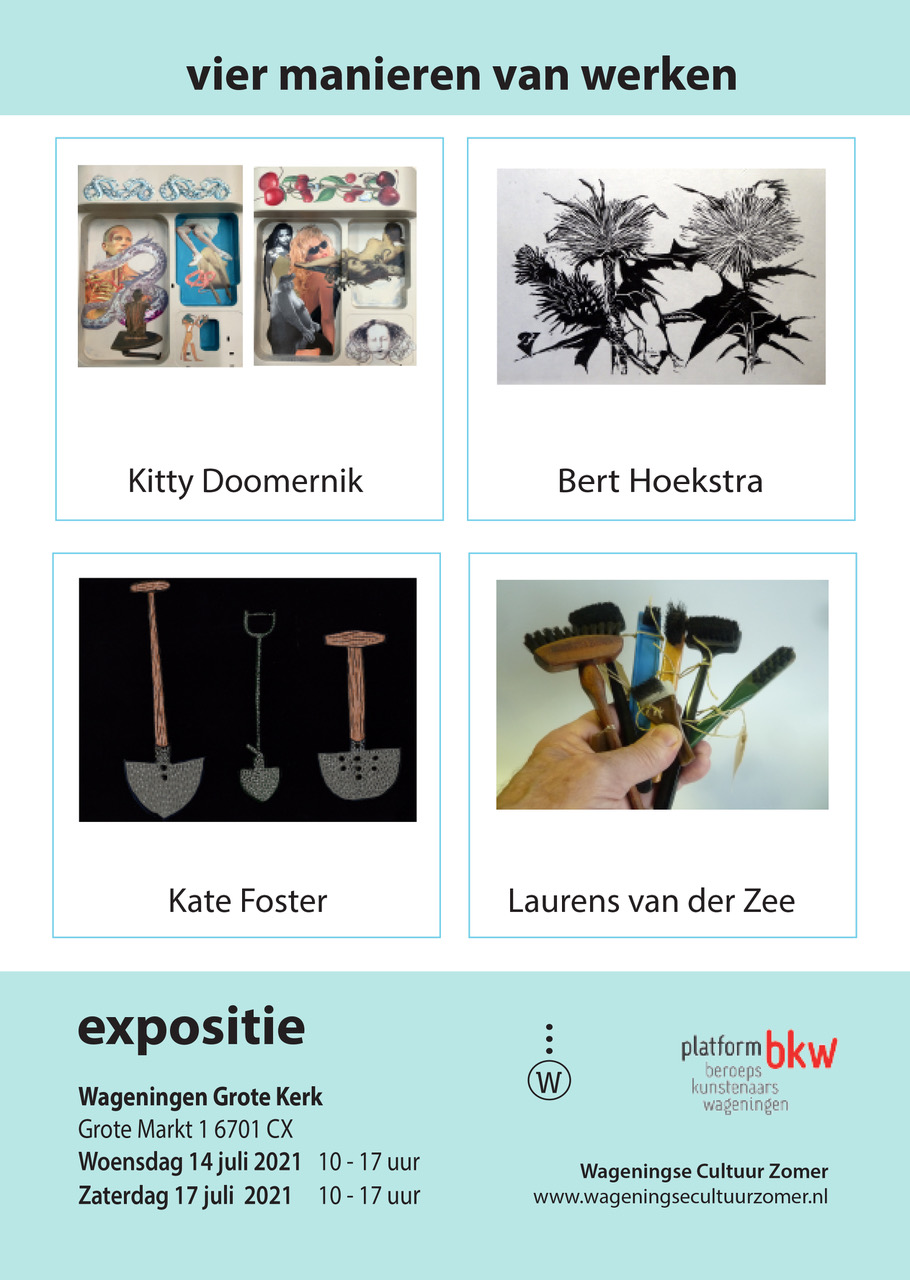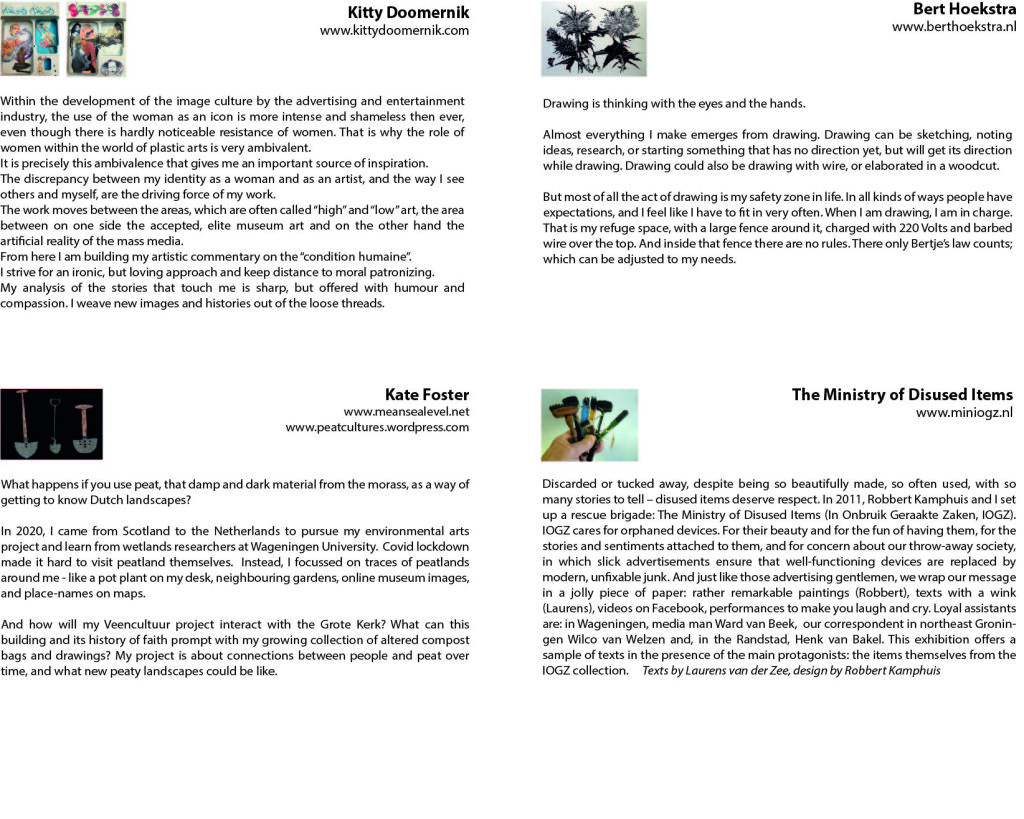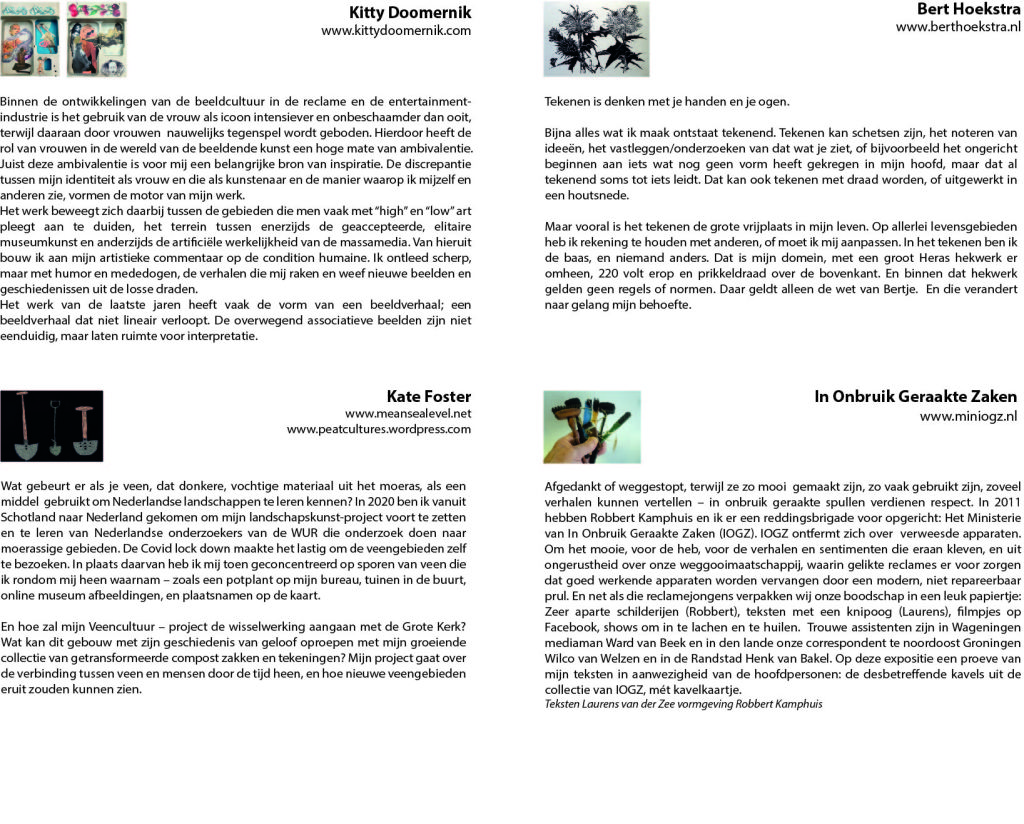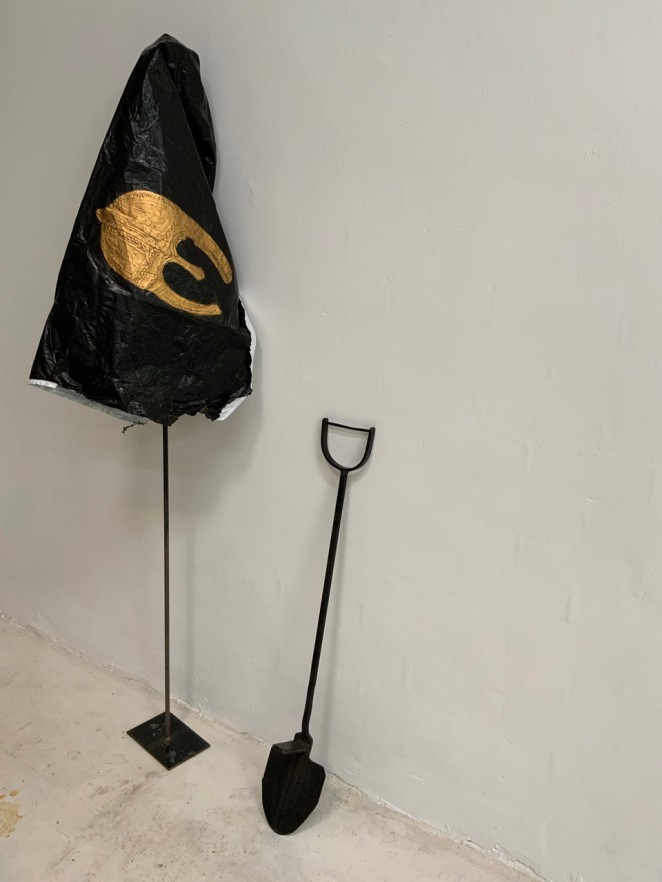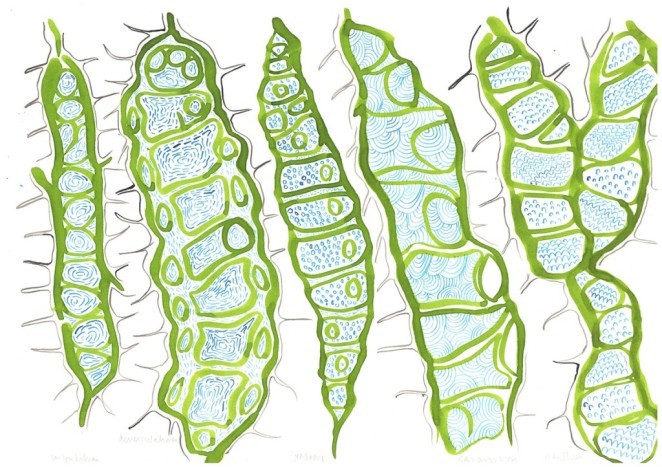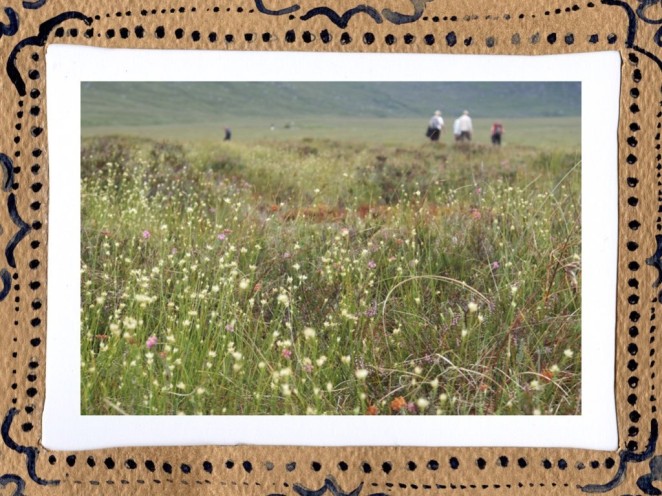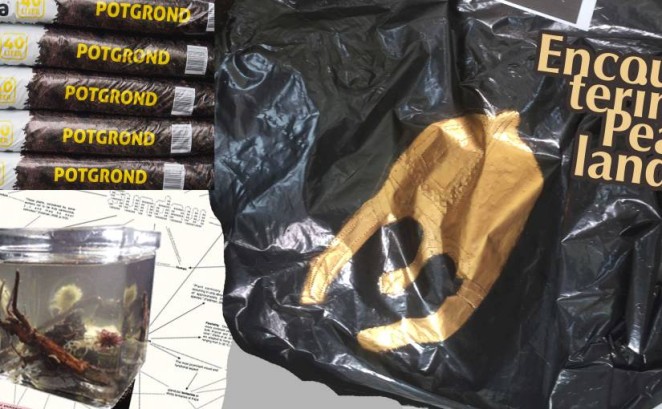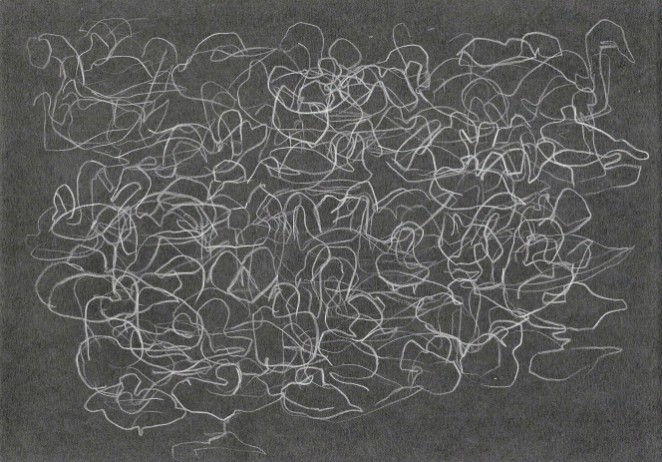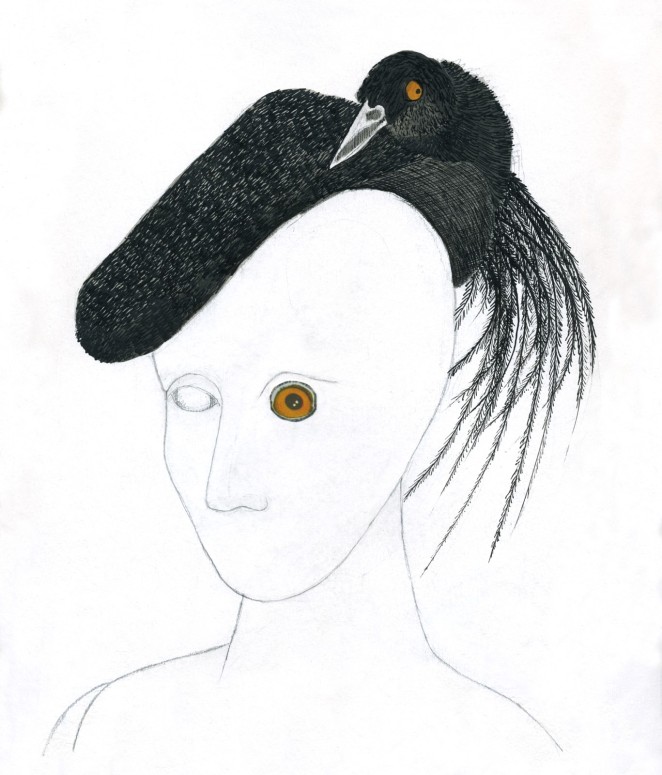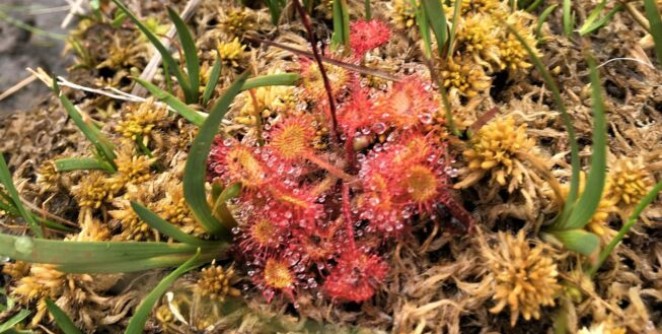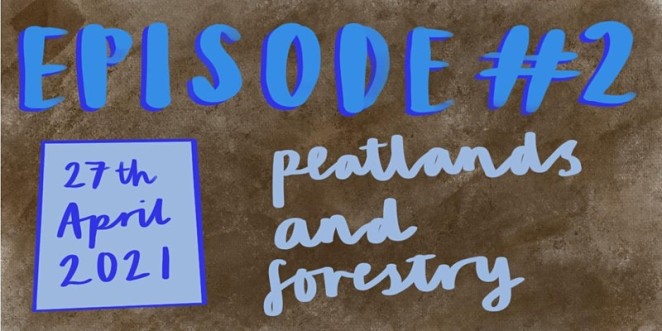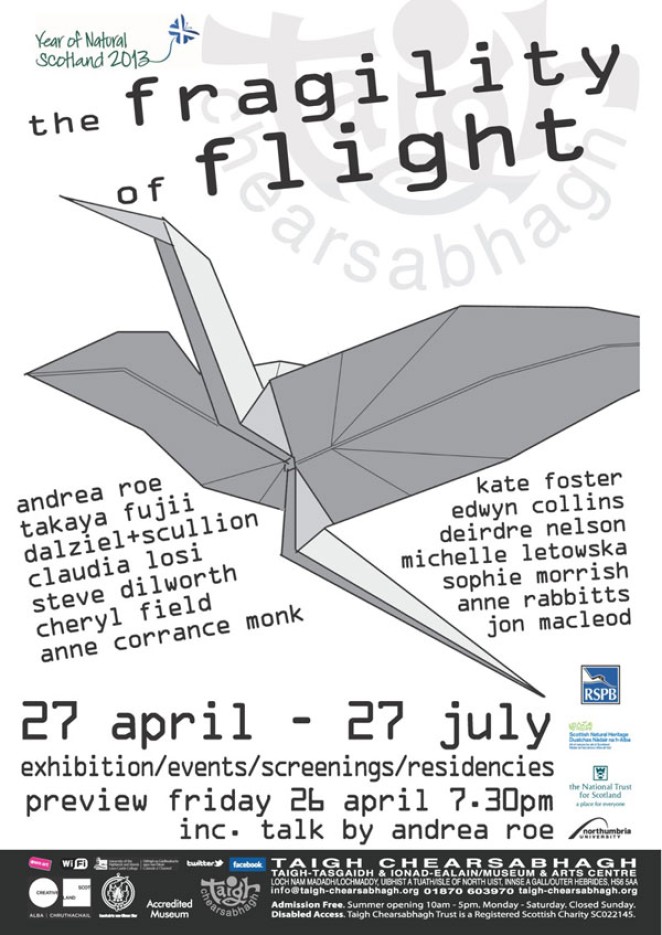Plumbing the Depths of a Bog (contact Kate for Vimeo password).
Read a review of the event from the Crichton Carbon Centre here.
What does the Bog mean to you? Places of mystery and haunting beauty, places of culture and diversity or even a place of danger?! Whatever you call them, on the 28th of April we will delve deep and find facts, myths, tales and truths! Presenting 5 speakers covering communities, art, ecology, archaeology and language:
Kate Foster
“Peat is a brilliant way to explore Galloway landscapes! I’ll show some ways my project Peat Cultures takes inspiration from different kinds of knowledge about peatlands, such as archaeology and land management.”
Dr Michael Stratigos
“Peatlands and other wetland have been part of dynamic landscape, influencing and influenced by people, in Galloway since the last Ice Age. My brief talk will highlight how peatlands themselves preserve unique traces of that history and how mapping the changes to peatlands (especially those occurring in the last 300 or so years) can throw light on both the past and the future.”
Dr Emily Taylor
“I will be taking us on a quick whistlestop tour of the technical aspects of peatland restoration and some of the techniques we are using to return peatlands back to their wetter natural state. From peat dams to stump flipping, and everything in between!”
Jayne Murdoch
“I will give you an overview of the Peatland Connections project and pose the question “what do peatlands mean to you and what value do they hold for us all?”. We are looking for people to get involved in the discussion and rediscover this beautiful landscape through arts and culture.”
Prof. Thomas Owen Clancy
“In my talk I will look at some of the words people in the past have used to name peatlands, in the various different languages of the Galloway Glens (Brittonic, Old English, Gaelic, Scots). I will ask what we can learn from place-names about peatlands—from how they formed part of estates to locating lost bogs.”
